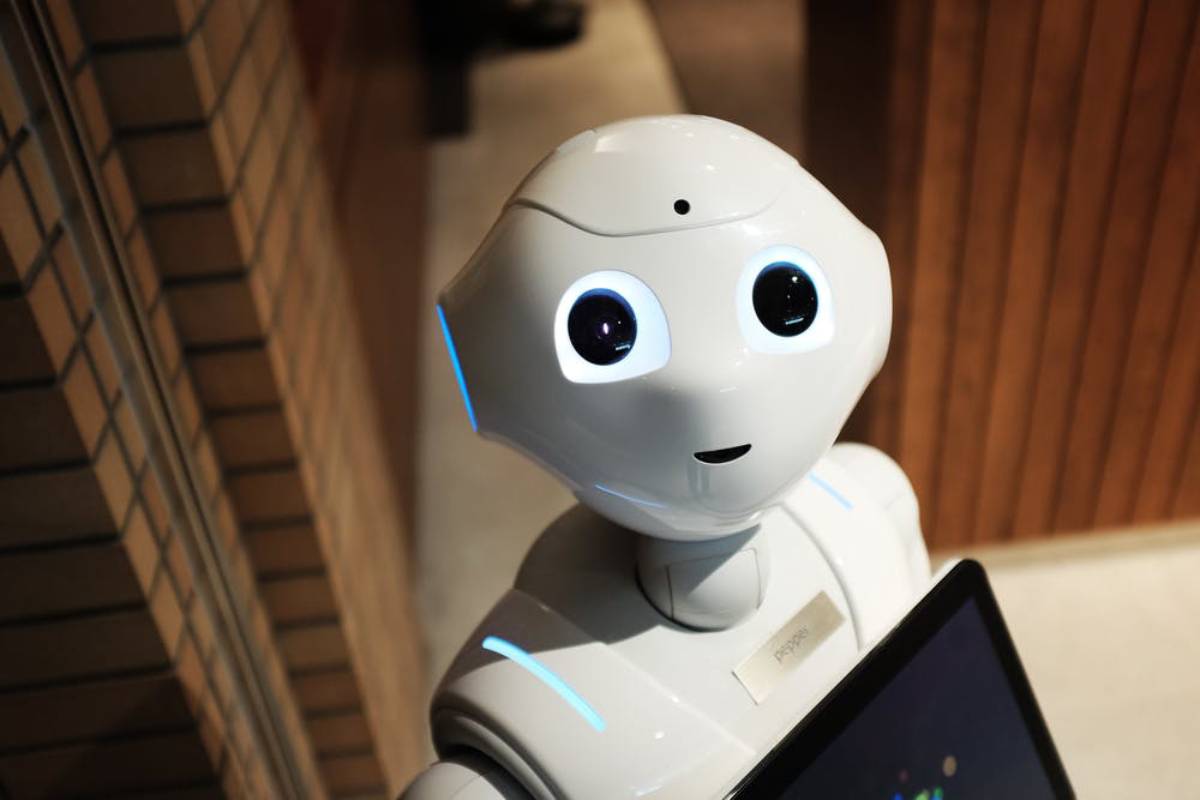Artificial Intelligence and advancements in analytics have brought in a new era of smart information systems. These are systems that can communicate with one another and make decisions without the need for human interaction. But this doesn’t mean that people are completely obsolete. When it comes to cybersecurity, how AI is changing cybersecurity, AI allows security teams to operate more effectively and protect against threats that that might be otherwise missed.
The artificial intelligence algorithms supporting these tools connect disparate trends and uncover insights that humans may be unaware of. This may prove vital for preventing an attack that might target multiple assets or entry points into your IT systems.
How AI is Improving Cybersecurity
Cybersecurity systems have historically always played catch-up to the latest malware and security threats that hit enterprises. These systems will no longer make the cut when it comes to protecting an organization’s valuable data assets and IT operations. In fact, Capgemini Research Institute recently found that two-thirds of organizations plan to employ AI by 2020 and 69% of senior executives would be unable to respond to a cyberattack without AI. Advancements in complex algorithms are a step towards creating stronger lines of defense for proactively stopping security threats.
1. Preventing Future Attacks With Unsupervised Learning
Unsupervised machine learning techniques analyze sets of uncategorized data to find hidden patterns. This mode of analysis is unique in that it can help find anomalies and links between data sets that can lead to threat predictions – something that no human analyst could foresee. Unsupervised learning is particularly effective when searching for zero-day attacks. These are threats that target previously unseen, novel exploits.
2. Detecting the Weakest Points of an IT Ecosystem
In 2019, there were over 2,000 unique cyber security vulnerabilities reported to the National Institute of Standards and Technology (NIST). Managing all these vulnerabilities can be extremely difficult for any organization, regardless of its size. Deep neural network AI tools have the ability to proactively look for potential vulnerabilities. In the case that these networks find software bugs, the company can develop a patch for the bug as needed or program network defenses to watch for and block code that tries to exploit it. In the future, machine learning tools may be able to continuously scan a company’s IT system and instantly protect areas that are most vulnerable.
3. Sensing Abnormal Network Activity With Behavioral Analytics
It is becoming increasingly challenging to monitor patterns of behavior as network traffic increases exponentially. As companies connect more devices to their network and leverage multiple networks with higher bandwidth, security admins, analysts, and specialists must pay particular attention to fluctuations in the network to detect potential intrusions or anomalies. Machine learning tools are particularly effective for detecting anomalies that may indicate intrusions or disruptions. In case a malware attack successfully breaches an IT system, a forensic analysis would show how the attack initially entered the network and infected the organization’s devices.
4. Simplifying Advanced Authentication
Ensuring that the right people within an organization have access to the information they need is a fundamental element of cybersecurity. As users work with mobile devices that run on different networks, there are new ways that a hacker could gain access to an organization’s system. AI looks at several factors to determine if the right person is accessing the right information with mechanisms such as password protection, authenticity detection, and multi-factor authentication. AI is improving cybersecurity by determining a user’s identity and if they are authorized to access devices by checking the way a user types and enters keys, their error rate when spelling, and typing speed.
The Bottom Line
Artificial Intelligence is here to stay. As IT systems become more complex, how AI is changing cybersecurity and the number and types of connected assets increases, AI is one way to manage a company’s growing cybersecurity system. AI reduces the burden of constantly monitoring and stopping incoming attacks while allowing businesses to operate normally.




